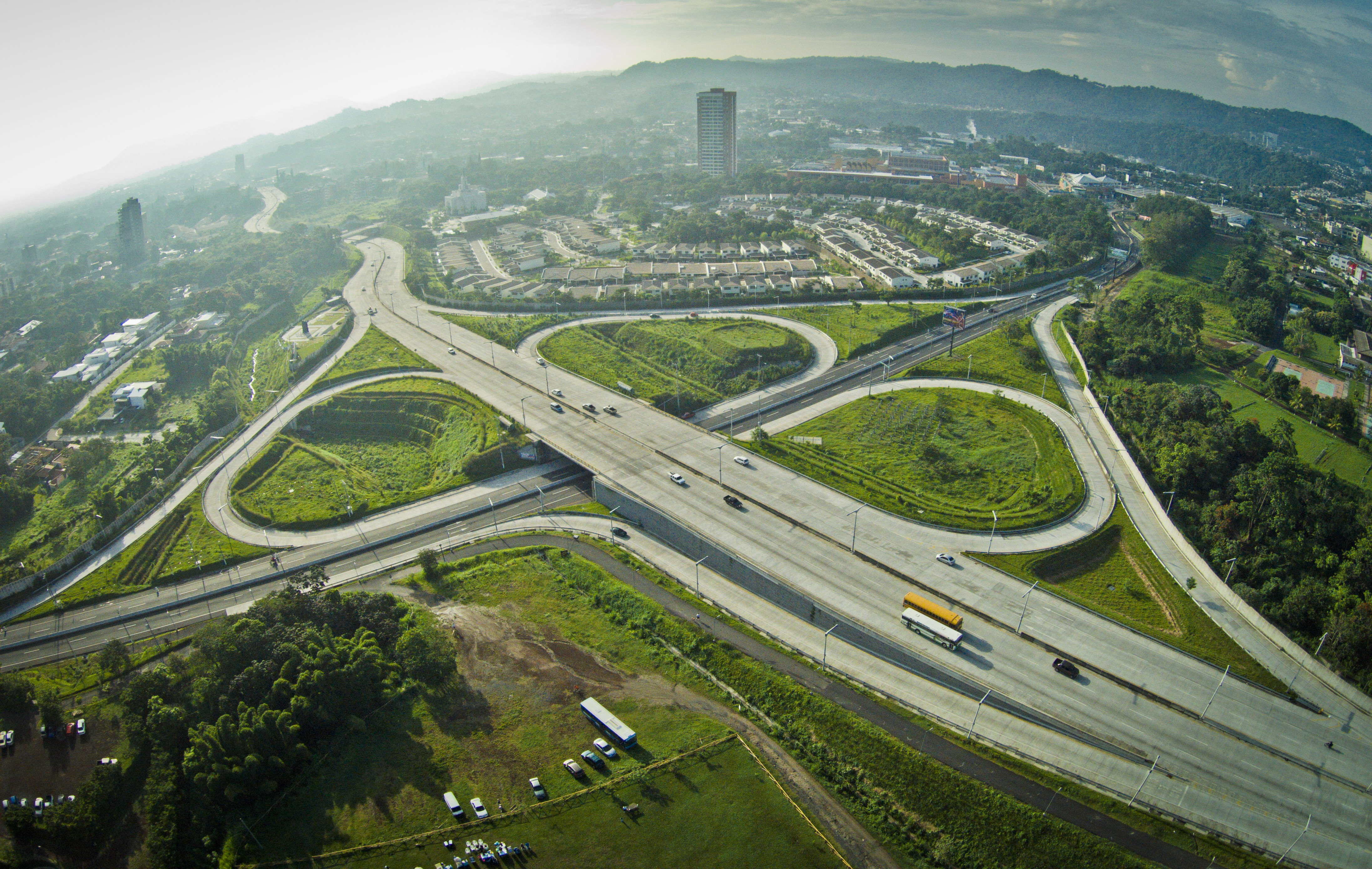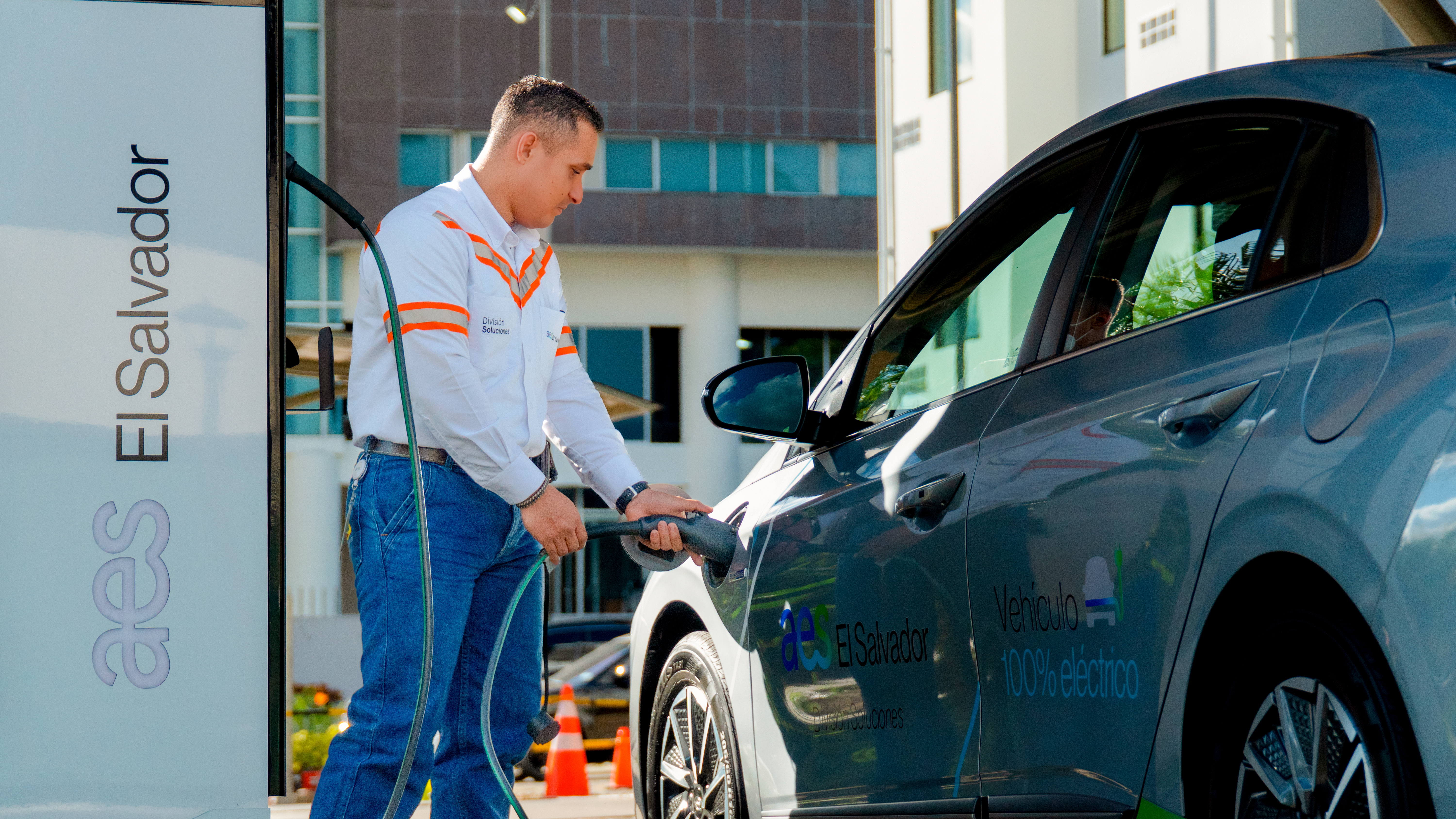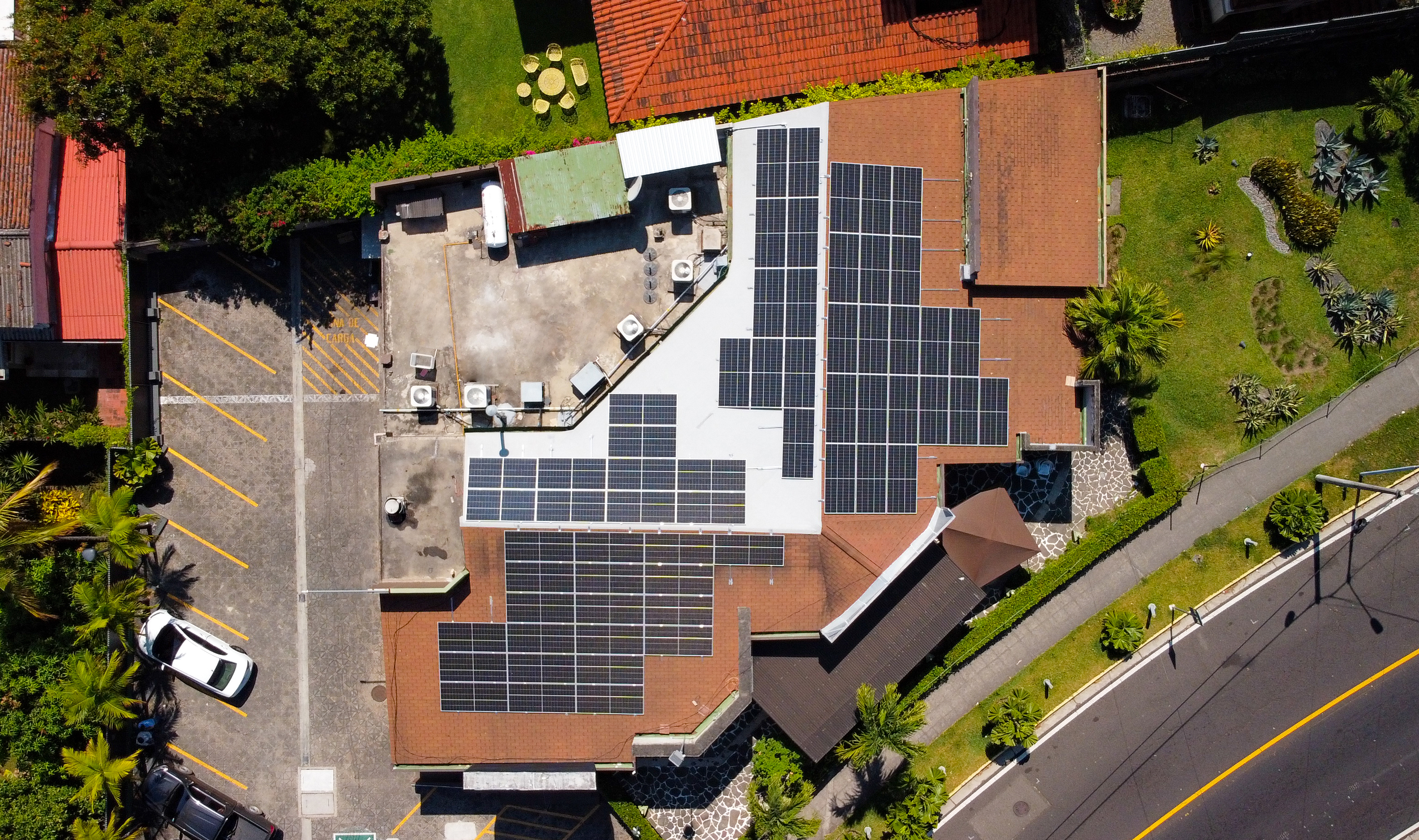A day in a sustainable city: A future we are already building
May 8, 2025
The morning sun illuminates the streets as Tomás heads to work. He lives a few blocks away, so he usually walks, taking advantage of the journey to pass through the central park, one of his favorite spots in the city. He is drawn to the cool shade and the gentle breeze that flows among the trees. Beneath their canopy, the air feels cleaner and lighter.
Urban forestry has transformed his city. The trees have not only given it a greener face but also fresher air, free of pollutants. They help reduce heat and provide refuge for birds and other species. Their shade and strategic location are a reminder of how well-thought-out urban planning can ensure the harmonious coexistence of trees and the city's infrastructure.

As he walks, Tomás notices how the usual hustle and bustle of traffic, so present until a few years ago, has been decreasing thanks to the growing presence of electric vehicles. This transformation has freed the environment from noise pollution and the combustion gases that previously saturated the air. Walking through the city has become a much quieter and healthier experience.
Upon arriving at the building where his office is located, he walks through a wide corridor illuminated with LED lights; the place is part of one of the many buildings that have adopted electrical systems designed to maximize energy savings. Businesses and industries in the area have also incorporated efficiency principles to operate sustainably. In his city, Tomás witnesses how these types of solutions become concrete realities that improve the quality of life for its inhabitants and help preserve the environment safely and respectfully.

Towards a more sustainable world
This story illustrates some of the characteristics present in a sustainable city, a concept that has emerged as a model of urban development capable of balancing economic progress with environmental protection and social well-being, and which seeks to respond to the significant challenges that the accelerated growth of cities poses in terms of sustainability, quality of life, and climate resilience.
Elements such as urban forestry, electromobility, and energy efficiency are an integral part of this approach and are increasingly relevant in the planning of the cities of the future. In El Salvador, organizations like AES are committed to these types of initiatives that contribute to the construction of healthier, more habitable, and more resilient cities for present and future generations.
For example, their Urban Forestry Seminars, held annually since 2016, have created a platform to share technical and scientific knowledge on the proper and responsible management of trees in urban areas.
In the field of sustainable mobility, AES El Salvador has also made its mark. With the installation of charging stations for electric vehicles throughout the country, advising companies on the transition of their fleets, and the gradual renewal of its own operational fleet with electric vehicles, the company has been a pioneer in promoting electromobility in the country.
Finally, its commitment to consolidating a culture of energy efficiency has permeated different sectors of society. Through educational programs for the community on the safe and efficient use of energy, its annual editions of the Industrial Energy Efficiency Course, and mass media campaigns, AES has promoted a culture of saving and responsible consumption of this resource.
Added to this is the development of a whole catalog of products and services — efficient lighting, solar roofs for self-consumption, energy efficiency audits, among others — available to the commercial and industrial sectors to support them in their transition towards more sustainable and environmentally friendly operations.
In this way, sustainable cities are not the result of chance; they are the result of a comprehensive transformation that encompasses multiple dimensions of the urban environment; betting on urban forestry, electromobility, and energy efficiency are some of them. By incorporating these pillars into their strategies, companies like AES El Salvador actively contribute to this transformation, demonstrating that the path towards more resilient, efficient, and habitable cities is, at the same time, the path towards a more sustainable world.
